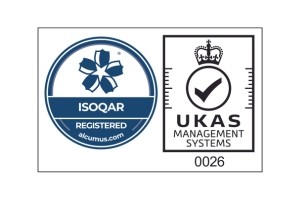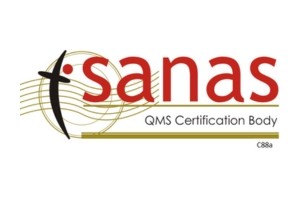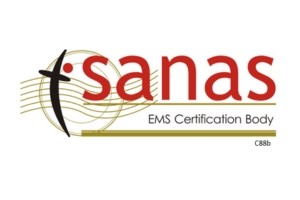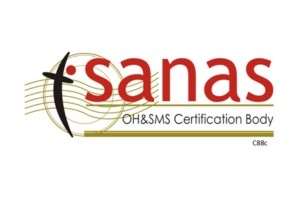There are six (6) implementable clauses within ISO 14001:2015
Occupational Health and Safety Management Standard.
ISO 14001:2015 Environmental Management Systems – requirements with guidance for use
There are a number of reasons why an organisation chooses to implement an environmental management system. These reasons include:
- To demonstrate management commitment;
- Responding to pressure from interested parties (stakeholders);
- Acting in a socially responsible manner;
- Reducing the risk of prosecution;
- To meet regulatory requirements including permits.
This series of blogs aims to assist you to understand the requirements of ISO 14001:2015.

10 Improvement
Due to the new way of handling preventive actions, there are no preventive action requirements in ISO 14001:2015. However, there are re-worded corrective action requirements: to react to non-conformities and take action, as applicable, to control and correct the nonconformity and deal with the consequences, and to determine whether similar non-conformities exist, or could potentially occur elsewhere. There is also a similar requirement to ensure that corrective actions are appropriate to the effects of the non-conformities encountered.
The requirement for continual improvement has been clarified to cover the suitability and adequacy of the MS as well as its effectiveness, but does not specify how an organization achieves this.
10.1 General
The organization must determine opportunities for improvement and implement necessary actions to achieve the intended outcomes of its environmental management system. The organization should consider the results from analysis and evaluation of environmental performance, evaluation of compliance, Internal audits and management review when taking action to improve. Examples of improvement include corrective action, continual improvement, breakthrough change, innovation and re-organization.
The requirement for continual improvement has been extended to ensure that the suitability and adequacy of the EMS as well as its effectiveness are considered in the light of enhanced environmental performance. There are some actions that are required that cover handling of corrective actions. Firstly organizations need to react to the non-conformities and take action. Secondly they need to identify whether similar non-conformities exist or could potentially occur. Some of the factor influencing improvement includes:
- Top management commitment to environmental management – setting an environmental vision or corporate policy
- Total involvement of employees – “green” teams are being set up to tackle environmental problems
- Training – employees to be trained in skills that are required to fulfil their environmental responsibilities and achieve their environmental goals
- Green products/process design – designing production processes and products in such a way that the design has a minimal adverse impact on the environment
- Supplier management – environmental performance used as one of the criteria when choosing a supplier
- Measurement – objective measurements established to gauge the level of environmental performance
- Information management – environmental information must satisfy four main criteria, i.e. timelines, accessibility, accuracy, and relevance.

10.2 Nonconformity and corrective action
When a nonconformity occurs, the organization must react to the nonconformity and, take action to control and correct it. It must deal with the consequences, including mitigating adverse environmental impacts. It must evaluate the need for action to eliminate the causes of the nonconformity, in order that it does not recur or occur elsewhere, by reviewing the nonconformity, determining the causes of the nonconformity and determining if similar non-conformities exist, or could potentially occur.
It must implement the action needed and review the effectiveness of any corrective action taken. If necessary it must make changes to the environmental management system. Corrective actions shall be appropriate to the significance of the effects of the non-conformities encountered, including the environmental impact. The organization must retain documented information for the evidence of the nature of the non-conformities, any actions taken and the results of any corrective action.

10.3 Continual improvement
The organization shall continually improve the suitability, adequacy and effectiveness of the environmental management system to enhance environmental performance. The rate, extent and timescale of actions that support continual improvement are determined by the organization. Environmental performance can be enhanced by applying the environmental management system as a whole or improving one or more of its elements.
The term continual improvement is used to identify the need to systematically improve different processes within the EMS in order to provide improvements overall. It is unreasonable to expect that every process within the EMS will be improving all the time, so continual improvement is used to plan, monitor, and realize improvement in some processes that have been identified for improvement.
The concept of continuous improvement is much misunderstood. An organization may have an objective to reduce its amount of waste to landfill. A target of 50% reduction may have been achieved over a period of some 3 years, a commendable environmental achievement. It could be, however, that to reduce this further (to demonstrate continuous improvement) would not be cost effective, perhaps the law of diminishing returns starts to operate at this level of reduction.
While there are many ways that continual improvement can be planned within an EMS, two of the main processes identified in the requirements of ISO 14001 are the use of environmental objectives and risk-based thinking. Through the proper use of these two processes you can see great benefits from continual improvement in your EMS.
Join our mailing list to receive upcoming posts: http://www.isoqar.co.za/





